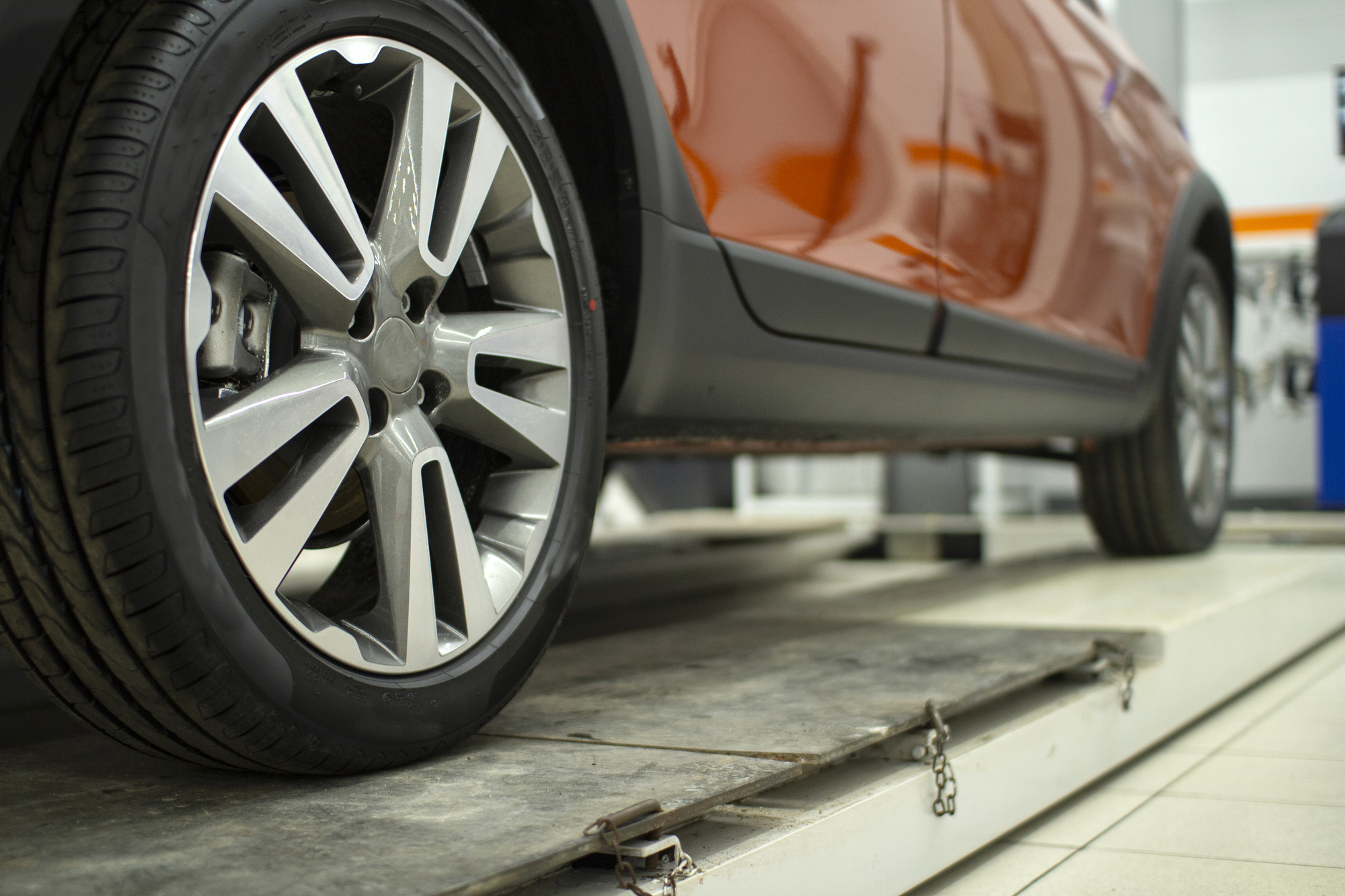Safety is paramount in automotive design, particularly in high-risk environments like motorsports. NASCAR (National Association for Stock Car Auto Racing) represents the pinnacle of auto racing in the United States, where speeds exceed 200 mph, and the potential for accidents is high. This unique environment necessitates advanced safety features that are often more rigorous than those found in regular passenger vehicles.
NASCAR Car Safety Features
NASCAR cars are engineered with a focus on driver protection. One of the most crucial components is the roll cage, a reinforced structure that protects the driver in the event of a rollover or high-speed crash. This cage is complemented by strategically placed crumple zones that absorb energy during impacts, minimizing the forces transmitted to the driver.
Another vital aspect is the driver restraint system. NASCAR vehicles utilize five-point harnesses that secure drivers more effectively than standard seatbelts. Additionally, the HANS device (Head and Neck Support) is mandatory for all drivers, preventing severe head and neck injuries during collisions.
Fire safety is a significant concern in NASCAR. Drivers wear fire-resistant suits and helmets, and cars are equipped with onboard fire suppression systems that activate in the event of a fire, providing an additional layer of protection.
Impact absorption is further enhanced through energy-absorbing barriers designed to minimize crash forces. The seat design in NASCAR vehicles also incorporates extensive padding and is bolted directly to the chassis, reducing the risk of injury during a crash.
NASCAR is also a testing ground for safety innovations. The sport employs advanced data acquisition systems to analyze crashes and improve safety features continually. This iterative approach helps to implement new technologies that enhance driver safety.
Regular Car Safety Features
In contrast, regular passenger vehicles are designed for a different set of challenges. They feature structural integrity through crumple zones and safety cells, which are engineered to protect occupants during collisions. Most vehicles are equipped with airbags, including front, side, and curtain airbags, which deploy during an accident to cushion passengers and prevent car accident lawsuits.
Restraint systems in regular cars primarily consist of three-point seatbelts, which are standard across most vehicles. Advanced airbag systems have evolved to include features such as adaptive airbags, which adjust deployment based on the severity of a crash.
Electronic safety aids have become a hallmark of modern passenger vehicles. Features like anti-lock braking systems (ABS) and electronic stability control (ESC) help prevent accidents by enhancing vehicle control. Additionally, advanced driver-assistance systems (ADAS), such as lane departure warnings and automatic emergency braking, provide an extra layer of safety by helping drivers avoid potential collisions.
Child safety is also a priority in regular cars, with features like child safety seats and the LATCH system, which secures these seats more effectively to ensure the safety of younger passengers. The importance of safety is underscored by organizations such as the National Highway Traffic Safety Administration (NHTSA) and the Insurance Institute for Highway Safety (IIHS), which conduct crash tests and provide ratings based on real-world data.
Key Differences Between NASCAR and Regular Cars
The differences between NASCAR and regular cars are striking. NASCAR vehicles are purpose-built for high-speed racing, while regular cars are designed for everyday use. This leads to a significant disparity in design intent, as NASCAR focuses on durability under extreme conditions, whereas standard vehicles prioritize comfort and fuel efficiency.
The level of risk is also considerably different. NASCAR drivers face a controlled environment where speeds are high and risks are well understood. In contrast, regular vehicles operate in unpredictable road conditions where accidents can occur at varying speeds and circumstances.
Moreover, the pace of technological innovation differs. NASCAR rapidly tests and implements safety advancements, while regular cars tend to adopt new technologies more gradually, often influenced by insights gained from motorsport safety features.







